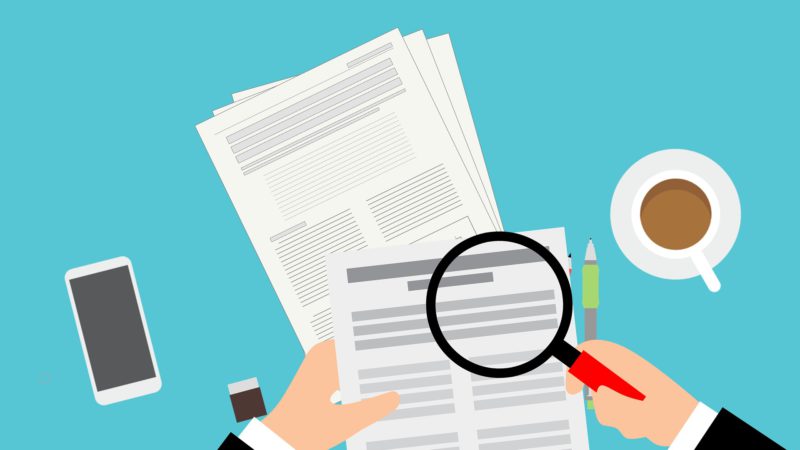Strategic Financial Moves

Paying off tax debt can be a daunting task, but with a well-crafted tax debt payment plan, financial freedom is within reach. In this article, we’ll explore effective strategies and key steps to empower you in managing and eliminating your tax debt.
Understanding the Challenge:
Tax debt can accumulate for various reasons, from unexpected life events to changes in financial circumstances. The first step in paying off tax debt is acknowledging and understanding the challenge at hand. Take a proactive approach by assessing the total amount owed, including any interest and penalties. This clear picture forms the foundation for creating a successful payment plan.
Crafting a Tax Debt Payment Plan:
1. Assessment and Organization:
Begin by organizing your financial documents, including tax returns, notices from tax authorities, and any correspondence related to your tax debt. Take note of the total amount owed, due dates, and any additional fees. Understanding the specifics of your tax debt is crucial for devising a realistic payment plan.
2. Create a Realistic Budget:
Develop a detailed budget that includes all sources of income and all necessary expenses. Identify areas where you can cut back on non-essential spending to allocate more funds toward paying off your tax debt. A well-structured budget is the backbone of any successful payment plan.
3. Communication with Tax Authorities:
Open lines of communication with tax authorities, such as the Australian Taxation Office (ATO). Inform them of your intention to address the tax debt and inquire about potential options for repayment. Many tax authorities are willing to work with individuals to establish manageable payment plans.
4. Explore Available Repayment Options:
Investigate the various repayment options offered by tax authorities. These may include installment agreements, where you pay a fixed amount each month, or an offer in compromise, which allows you to settle the debt for less than the full amount.
Implementing Your Plan:
1. Prioritize High-Interest Debts:
If you have multiple sources of debt, prioritize high-interest debts first. While it’s essential to address your tax debt, managing high-interest debts concurrently can save you money in the long run.
2. Consistent Payments:
Once you’ve established a tax debt payment plan, consistency is key. This not only demonstrates your commitment but also helps build a positive relationship with tax authorities.
3. Emergency Fund:
Consider building an emergency fund to avoid future financial setbacks. Having a financial cushion can prevent you from accumulating additional debt and provide peace of mind during unexpected expenses.
4. Seek Professional Advice:
If navigating the complexities of tax debt repayment becomes overwhelming, seek advice from financial professionals or tax advisors.
Expanding Your Financial Horizons:

1. Explore Additional Income Streams:
Consider supplementing your current income with additional revenue streams. This could involve taking on a part-time job, freelancing, or exploring opportunities for passive income. The extra funds generated can be directly allocated to your tax debt, accelerating the repayment process.
2. Review and Adjust Your Plan Periodically:
Financial situations can change, and it’s essential to adapt your payment plan accordingly. Regularly review your budget and assess whether adjustments are needed. Perhaps you’ve experienced a change in income, or unexpected expenses have arisen. Being flexible and proactive in adjusting your plan ensures its continued effectiveness.
3. Financial Education and Empowerment:
Use this opportunity to enhance your financial literacy. Understanding the principles of budgeting, investing, and debt management empowers you to make informed decisions, not only in paying off your tax debt but also in securing a stable financial future.
4. Celebrate Milestones:
Break down your tax debt into manageable milestones and celebrate your achievements along the way. Recognizing your progress, no matter how small, reinforces positive financial habits and motivates you to stay committed to your repayment plan.
5. Emergency Fund and Future Planning:
As you make progress in paying off your tax debt, continue building your emergency fund. This fund serves as a financial safety net, protecting you from unforeseen circumstances and preventing the recurrence of debt. Simultaneously, start planning for your financial future, whether it’s saving for retirement, investing, or other long-term goals.
6. Credit Score Management:
Managing your tax debt responsibly positively impacts your credit score. Regularly monitor your credit report and take steps to improve your credit score over time.
7. Share Your Success Story:
Consider sharing your journey of paying off tax debt with others. Your experiences, challenges, and successes can inspire and guide individuals facing similar situations. Engaging with communities, whether online or offline, provides a support system and fosters a sense of accountability.
8. Mindset Shift:
Transform your perspective on debt repayment from a burdensome obligation to a proactive step toward financial empowerment. Viewing the process as an investment in your financial well-being can motivate you to stay focused on your goals.
Paying off tax debt is not just about settling financial obligations; it is an opportunity to transform your financial habits and build a more secure future. By incorporating additional income streams, regularly adjusting your plan, investing in financial education, and celebrating achievements, you not only eliminate debt but also set the stage for long-term financial success. Remember, each step you take brings you closer to financial freedom, and with determination and strategic planning, you can emerge stronger and more financially empowered than ever before.


